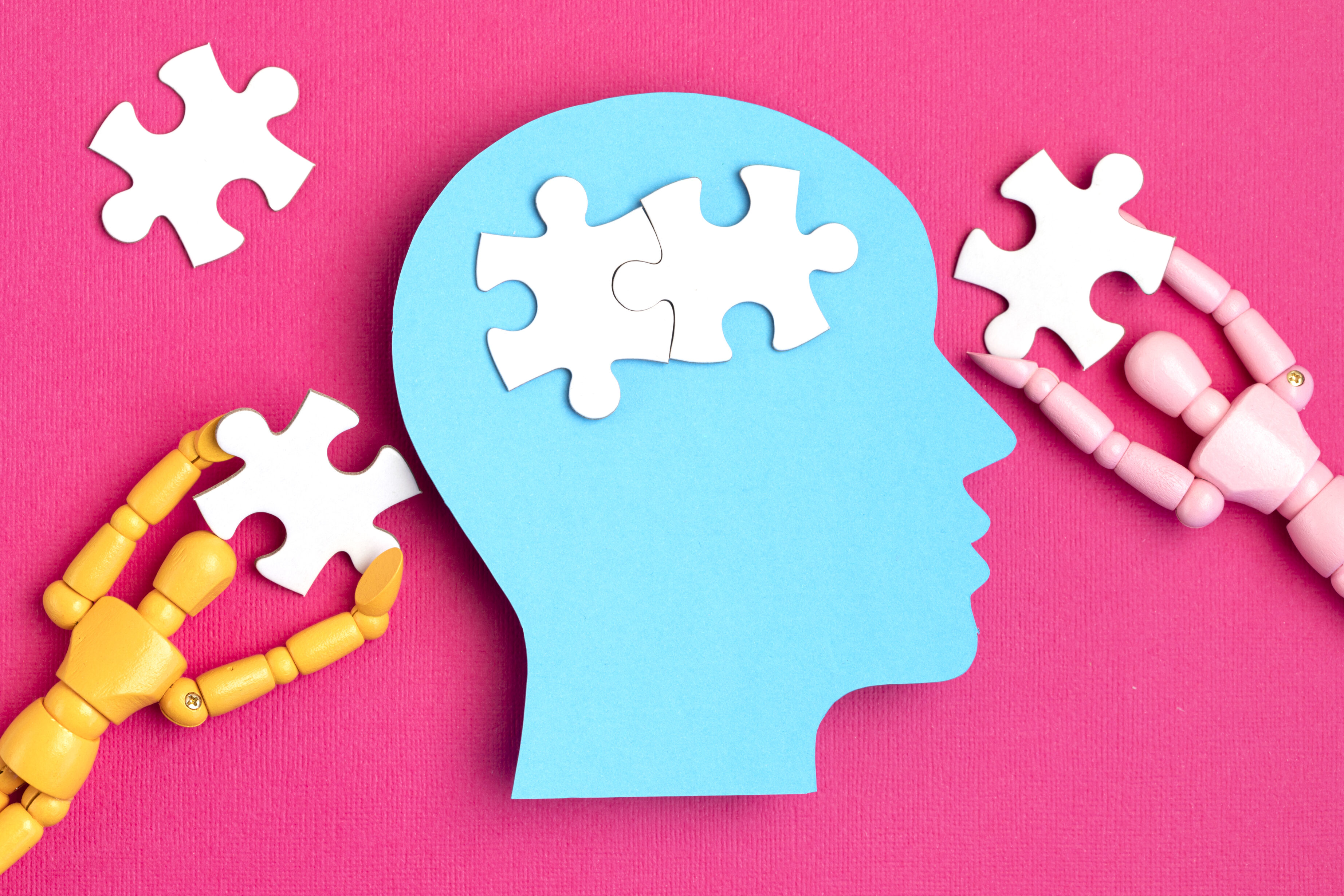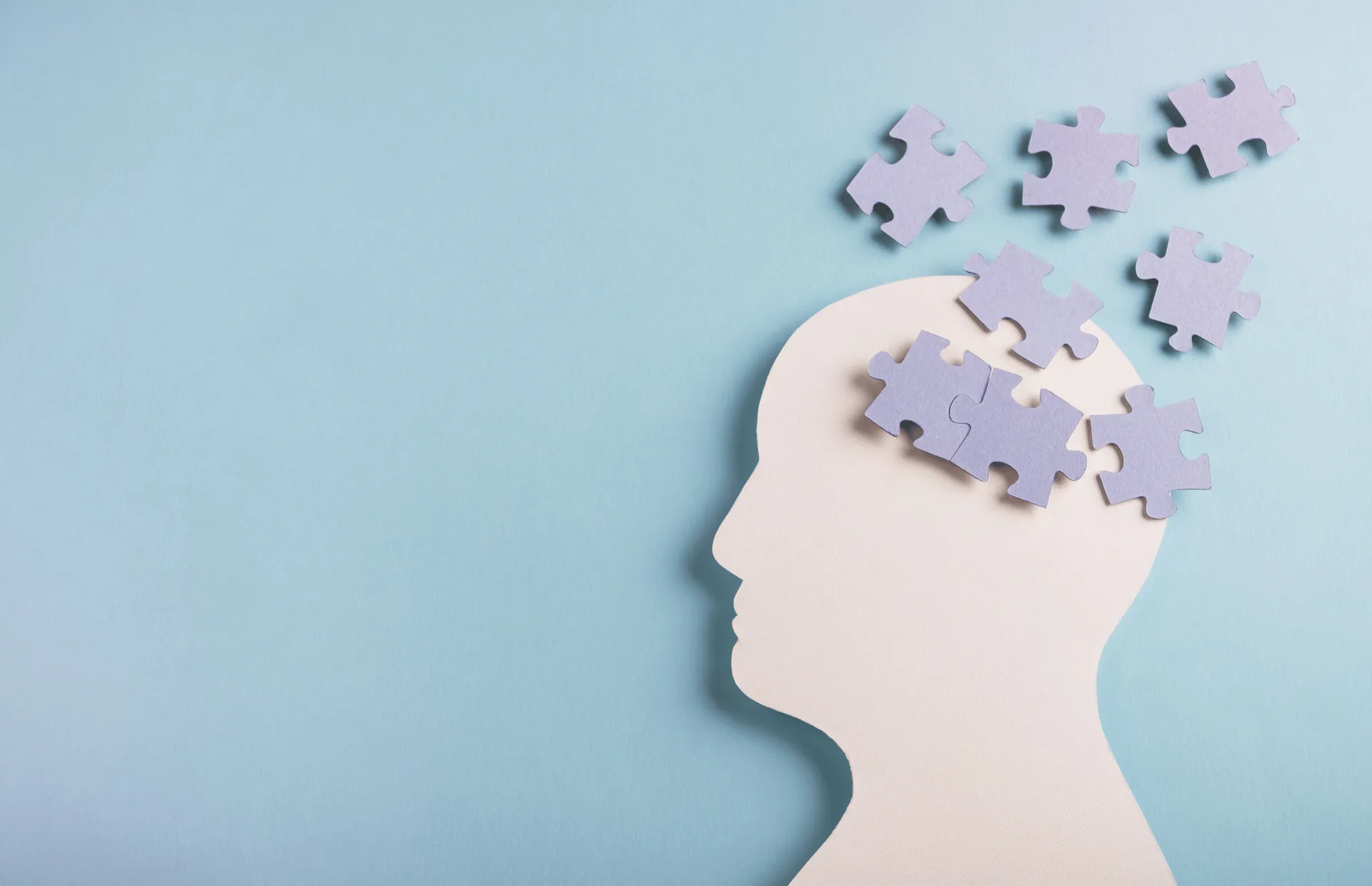The onset of migraine during the pivotal years of adolescence can cast a long, dark shadow over a young person’s neurological and emotional development. This critical window of immense hormonal flux, brain maturation, and psychosocial transition makes youths exceptionally vulnerable to migraine’s cyclical, bidirectional impacts on mental health conditions like anxiety and depression. In this insightful piece, we dive deep into the latest research exploring this oft-overlooked population’s unique challenges and the innovative care strategies being studied to address their specific needs.
A Widespread Issue with Weighty, Long-Lasting Consequences
The prevalence statistics alone are startling – the American Migraine Foundation estimates up to 10% of school-age children and over 28% of adolescents aged 15-19 live with recurrent migraine. But the mental health ramifications in this young demographic are even more concerning:
Adolescents with chronic migraine are a staggering 5 times more likely to develop anxiety disorders and 8 times more likely to experience depression compared to their migraine-free peers (Becker et al., 2021).
Each incremental increase in migraine frequency during adolescence is associated with a 48% higher risk of developing major depressive disorder by young adulthood (Tietjen et al, 2015).
Perhaps most alarmingly, these mood disorders often persist for years or even decades, negatively impacting academic performance, social development, economic potential and overall quality of life if left unaddressed.
The Perfect Storm: Neurological and Environmental Factors
Several key neurobiological and psychosocial elements converge to create this “perfect storm” of migraine-mental health vulnerabilities in adolescents and young adults:
Hormonal Chaos: The surging tides of sex hormones like estrogen and testosterone during puberty represent a well-established migraine trigger. However, new research reveals migraine themselves can provoke hormonal dysregulation, fueling a vicious cycle that also disrupts developing brain pathways governing mood and emotion.
Interrupted Brain Maturation: The prefrontal cortex, which plays a critical role in regulating emotional processing, impulse control and decision-making, undergoes important developmental pruning during adolescence and early adulthood. Recurrent migraine attacks may interrupt or negatively impact this delicate maturation process.
Unique Psychosocial Pressures: On top of the typical psychosocial stressors migraine sufferers face, young people must navigate myriad transitional life events like changing schools, evolving social dynamics and pressures, establishing independence and solidifying identities – challenges that can massively exacerbate both migraine and mental health symptoms.
Rays of Hope and Innovative Care Models
In recognizing these distinctive neurological vulnerabilities and environmental pressures facing young migraine patients, the medical community has increasingly prioritized developing novel therapies and holistic care frameworks tailored to their specific needs:
Multidisciplinary Headache Clinics: Several major children’s hospitals have pioneered integrative programs combining preventive medications, cognitive-behavioral therapy, biofeedback, family counseling and lifestyle coaching to create age-appropriate, comprehensive treatment paradigms.
Cutting-Edge Neuromodulation: Innovative, non-invasive technologies like transcranial magnetic stimulation and electrical neurosignaling devices (like the FDA-approved Nerivio migraine therapy) are being actively studied for their potential to precisely disrupt the migraine-mood circuitry in youths.
Technology-Driven Behavioral Interventions: Smartphone app-based therapies leveraging artificial intelligence, mindfulness/meditation training curriculums and even school-based mental health screening/treatment initiatives hold promise for equipping young patients with preventive skills and ensuring timely interventions.
For The Love of Ryan’s Steadfast Commitment
Our organization is steadfastly committed to ensuring no young person’s bright future is needlessly dimmed by the debilitating impacts of migraine on their developing minds and bodies. To this end, we’ve fostered collaborative partnerships with leading pediatric headache centers and youth mental health advocacy groups to provide:
Family Educational Resources: User-friendly materials helping parents, teachers and youths better identify migraine-mood symptoms, understand their neurological roots, and explore evidence-based management strategies.
Emotional Support Initiatives: Facilitating access to age-appropriate counseling services and connecting families for mutual mentorship and emotional guidance.
Treatment Navigation: Assisting families in fully understanding and exploring the latest innovative, multidisciplinary treatment modalities realistically covered by their insurance plans.
Every young person deserves the chance to experience their formative years to the fullest, unburdened by migraine’s physical and emotional tolls. Join us in uplifting the next generation by exploring our programs or contributing to our mission today.









